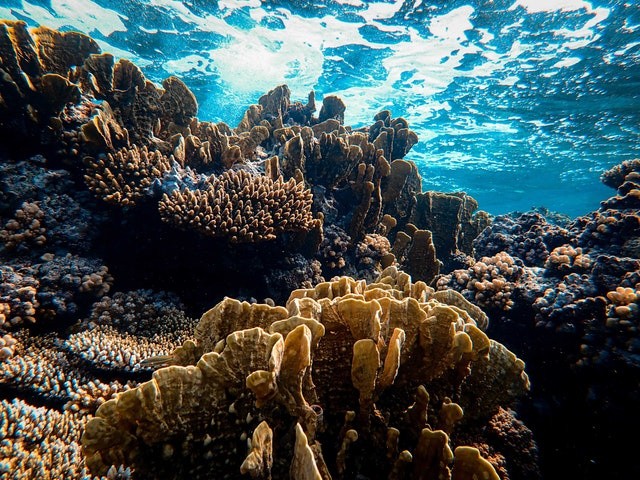Bizarre fish songs show a rapid recovery of Indonesia's coral reef. Despite using underwater speakers to try"talking" to some of the fishes, the fish producing these sounds remain unknown.

Restoration of Coral Reef
The reef had been impacted by blast fishing, which uses explosives to paralyze or kill the locals. The corals are already returning, but the scientists wanted to see whether the other reef species were returning as well, according to The Guardian.
Visual surveys overlook camouflaged and night-only creatures, therefore the researchers resorted to the reef's sounds. They discovered a soundscape similar to that of unaffected reefs.
Working on underwater sound on coral reefs has frequently been rather miserable, said lead author Tim Lamont of the University of Exeter.
The return of a varied assortment of animals in this instance demonstrated it was more than "a coral gardening project", according to Lamont.
Researchers kept discovering new sounds as they listened through these hours and hours of recordings. Some sounds were recognized, while others were not.
According to Lamont, the foghorn one blasted researchers away. He added that he was pretty excited about figuring out what fish was creating the sounds. So he purchased an MP3 player and an underwater speaker like synchronized swimmers.
Based on previous Caribbean recordings, Lamont assumes it's a toadfish.
"Some of the noises we recorded are really bizarre," said Prof. Steve Simpson of the University of Bristol. Scientists still don't know what they signify or the creature that makes them. But for now, it's good to hear the ecology revived.
Sounds Linked to Sea Creature
Scientists have warned that a 2C global warming might bleach warm-water corals to extinction. Coral reefs provide food, money, and protection from storms and other natural disasters for hundreds of millions of people worldwide.
The new research looked at four hectares of healing reefs at the Mars Coral Reef Restoration Project in central Indonesia's Spermonde archipelago. Small pieces of live coral are affixed to star-shaped metal frames and put in the blast fishing rubble area.
The researchers compared regions that had recovered for one to three years against those that had not recovered. They discovered that most sounds were at least 50% more common in healthy and restored ecosystems.
The rebuilt reefs sounded comparable to the undamaged ones, indicating a healthy ecology, the study stated.
While no particular creatures were discovered, several sounds have previously been assigned. Whooping sounds has been connected to Ambon damselfish; growls and grunts with soldierfish; and knocking sounds linked to triggerfish.
It took longer for uncommon slow-growing corals to return, so Lamont expects a full recovery to take longer.

Is Restoration a Solution to Coral Decline?
For large-scale ecosystem monitoring, the team hopes to build more inexpensive listening devices and automated analysis.
Lamont says manual listening takes months. He also said he could only do it for an hour at a time because it's so strange to sit and listen to the chirps, pops, and whistles. Sustainable community management has replaced blast fishing in the region.
According to Lamont, restoration is not a solution that implies scientists don't have to worry about all the challenges to the world's reefs.
If the world doesn't address these broader issues, reef conditions will deteriorate, making restoration impossible.
For more news, updates about coral reefs and similar topics don't forget to follow Nature World News!
© 2025 NatureWorldNews.com All rights reserved. Do not reproduce without permission.





